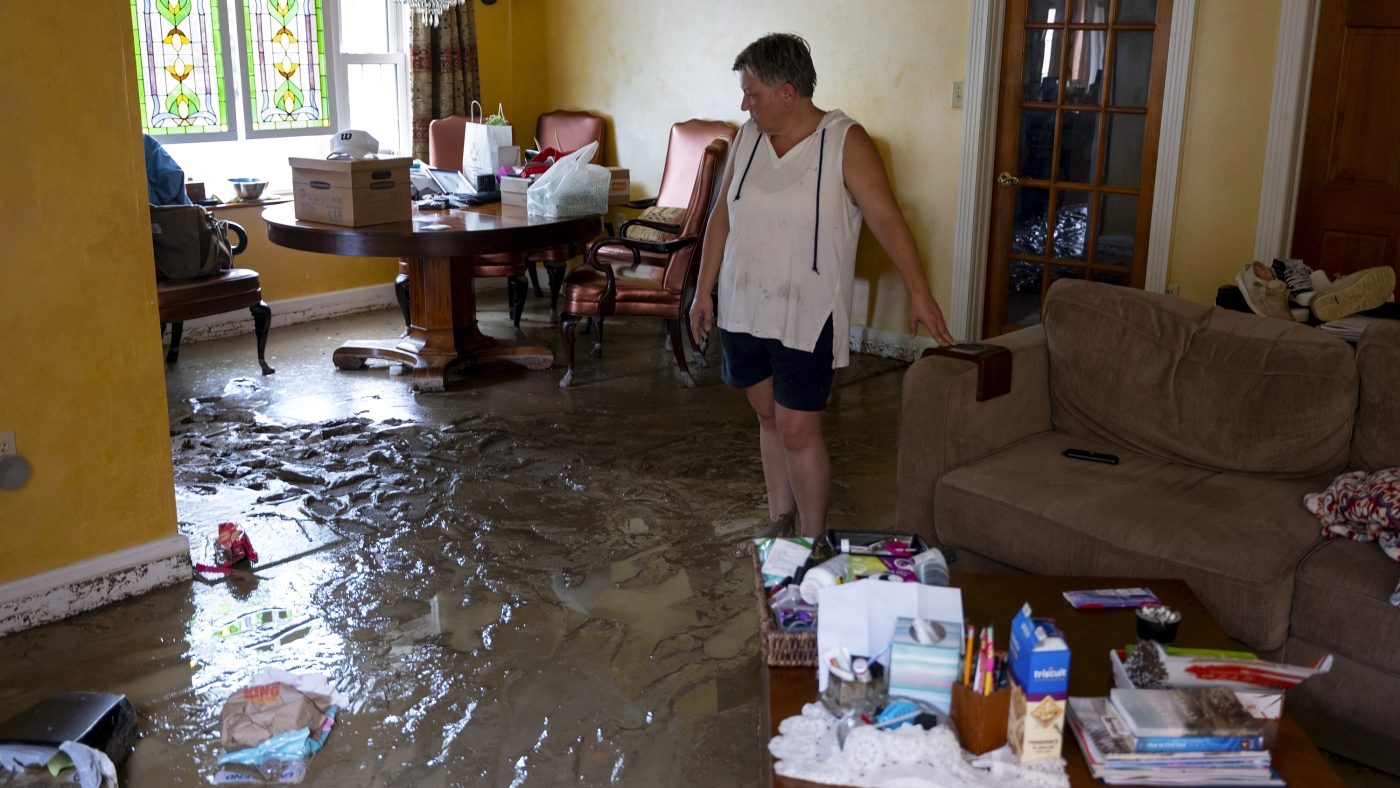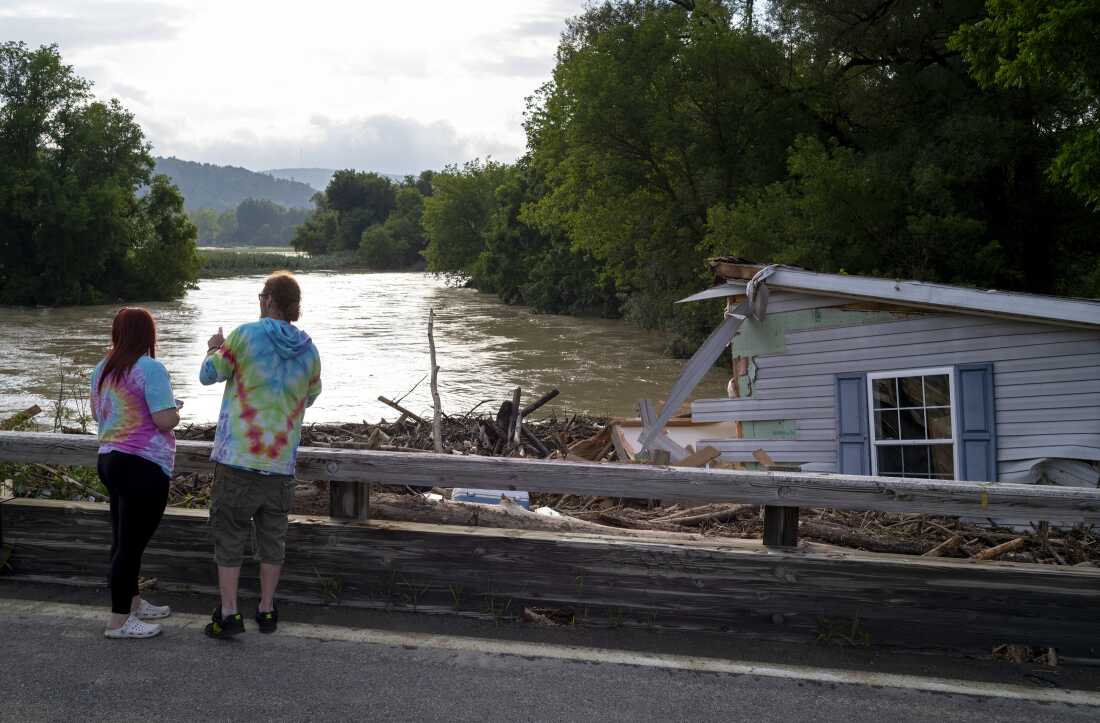A friend sent a meme to a group chat last week that, like many internet memes before it, managed to implant itself deep into my brain and capture an idea in a way that more sophisticated, expansive prose does not always manage. Somewhat ironically, the meme was about the ills of the internet.
“People in 1999 using the internet as an escape from reality,” the text read, over an often-used image from a TV series of a face looking out of a car window. Below it was another face looking out of a different car window overlaid with the text: “People in 2026 using reality as an escape from the internet.”
Oof. So simple, yet so spot on. With AI-generated slop — sorry, content — now having overtaken human-generated words and images online, with social media use appearing to have peaked and with “dumb phones” being touted as this year’s status symbol, it does feel as if the tide is beginning to turn towards the general de-enshittification of life.
And what could be a better way to resist the ever-swelling stream of mediocrity and nonsense on the internet, and to stick it to the avaricious behemoths of the “attention economy”, than to pick up a work of fiction (ideally not purchased on one of these behemoths’ platforms), with no goal other than sheer pleasure and the enrichment of our lives? But while the tide might have started to turn, we don’t seem to have quite got there yet on the reading front, if we are on our way there at all.
Two-fifths of Britons said last year that they had not read a single book in the previous 12 months, according to YouGov. And, as has been noted many times before on both sides of the Atlantic, it is men who are reading the least — just 53 per cent had read any book over the previous year, compared with 66 per cent of women — both in overall numbers and specifically when it comes to fiction.
Yet pointing this out, and lamenting the “disappearance of literary men”, has become somewhat contentious. A much-discussed Vox article last year asked: “Are men’s reading habits truly a national crisis?” suggesting that they were not and pointing out that women only read an average of seven minutes more fiction per day than men (while failing to note that this itself represents almost 60 per cent more reading time).
Meanwhile an UnHerd op-ed last year argued that “the literary man is not dead”, positing that there exists a subculture of male literature enthusiasts keeping the archetype alive and claiming that “podcasts are the new salons”.
That’s all well and good, but the truth is that there is a gender gap between men and women when it comes to reading and engaging specifically with fiction, and it’s growing.
According to a 2022 survey by the US National Endowment for the Arts, 27.7 per cent of men had read a short story or novel over the previous year, down from 35.1 per cent a decade earlier. Women’s fiction-reading habits declined too, but more slowly and from a higher base: 54.6 per cent to 46.9 per cent, meaning that while women out-read men by 55 per cent in 2012 when it came to fiction, they did so by almost 70 per cent in 2022.
The divide is already apparent in young adulthood, and it has widened too: data from 2025 showed girls in England took an A-Level in English literature at an almost four-times-higher rate than boys, with that gap having grown from a rate of about three times higher just eight years earlier.
So the next question is: should we care and, if so, why? Those who argue that yes, we should, tend to give a few reasons. They point out that reading fiction fosters critical thinking, empathy and improves “emotional vocabulary”. They argue that novels often contain heroic figures and strong, virtuous representations of masculinity that can inspire and motivate modern men. They cite Andrew Tate, the titan of male toxicity, who once said that “reading books is for losers who are afraid to learn from life”, and that “books are a total waste of time”, as an example of whose advice not to follow.
I agree with all of this — wholeheartedly, I might add. But I’m not sure how many of us, women or men, are picking up books in order to become more virtuous people. Perhaps the more compelling, or at least motivating, reason for reading fiction is simply that it offers a form of pleasure and attention that the modern world is steadily eroding. In a hyper-capitalist culture optimised for skimming and distraction, the ability to sit still with a novel is both subversive and truly gratifying. The real question, then, is why so many men are not picking one up.
jemima.kelly@ft.com













































